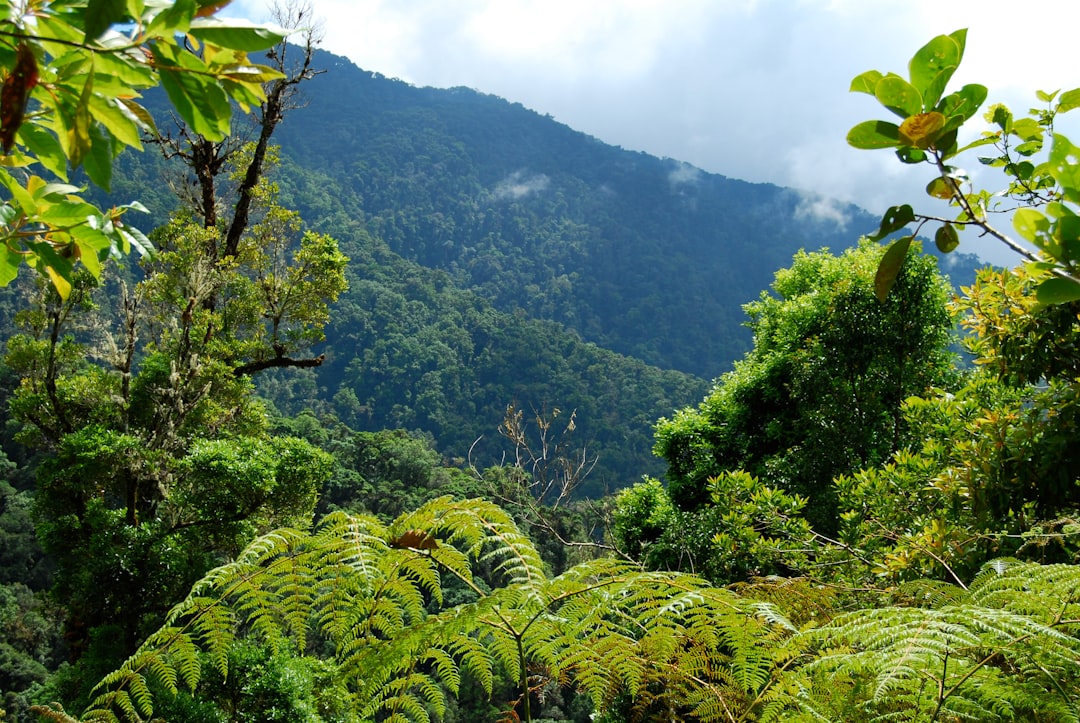“`html
Celebrating Victories: Global Biodiversity Conservation That’s Working
Biodiversity loss is a serious problem, but it’s not all doom and gloom. Around the world, dedicated individuals and organizations are achieving remarkable success in protecting and restoring our planet’s incredible variety of life. This isn’t just feel-good news; it’s crucial evidence that conservation efforts, when implemented effectively, can and do make a difference. Let’s dive into some of these inspiring stories.
The Return of the Bald Eagle: A North American Triumph
One of the most iconic examples of successful conservation is the recovery of the bald eagle in North America. Once on the brink of extinction due to hunting and the widespread use of DDT, a pesticide that thinned eggshells, the bald eagle has made a remarkable comeback.
Why this matters: The bald eagle’s story demonstrates the devastating effects of human activities on wildlife populations, but also highlights the power of targeted interventions. Listing the bald eagle under the Endangered Species Act in 1973, along with a ban on DDT, were critical steps. Protecting nesting habitats and implementing breeding programs further boosted their numbers.
Impact: The bald eagle’s recovery not only saved a majestic species from extinction but also served as a powerful symbol of environmental protection. It showcased the effectiveness of legal protections and scientific understanding in reversing ecological damage. The eagle’s resurgence also contributed to a healthier ecosystem, as they play an important role as apex predators. You can read more about endangered species on the World Wildlife Fund website.
Future outlook: While the bald eagle is no longer listed as endangered, continued monitoring and habitat protection are essential to ensure its long-term survival. The lessons learned from its recovery can be applied to other species facing similar threats.
Gorilla Gains: Conservation in the Face of Conflict
Africa’s mountain gorillas have faced immense challenges, including habitat loss, poaching, and political instability. Despite these hurdles, dedicated conservation efforts have led to a slow but steady increase in their population.
Why this matters: Mountain gorilla conservation demonstrates the importance of community involvement and transboundary collaboration. Protecting gorillas requires working closely with local communities to provide alternative livelihoods and reduce human-wildlife conflict. It also requires international cooperation between countries where gorillas live, such as Rwanda, Uganda, and the Democratic Republic of Congo.
Impact: Years of dedicated anti-poaching patrols, veterinary care, and community-based conservation programs have resulted in a significant increase in gorilla numbers. This success not only protects a critically endangered species but also supports local economies through ecotourism. The revenue generated from gorilla tourism funds conservation efforts and provides employment opportunities for local communities. The BBC reported on the positive trends in gorilla populations thanks to conservation efforts.
Future outlook: While the future for mountain gorillas looks brighter than it once did, they remain critically endangered. Continued investment in conservation efforts, sustainable tourism, and community development is crucial to ensure their long-term survival. The impact of climate change and emerging diseases also poses ongoing threats that need to be addressed.
The Coral Comeback: Hope for Reef Restoration
Coral reefs, often called the “rainforests of the sea,” are under immense pressure from climate change, pollution, and overfishing. However, innovative coral restoration projects are showing promise in helping these vital ecosystems recover.
Why this matters: Coral reefs provide habitat for a vast array of marine life and support millions of people through fisheries and tourism. Their decline has devastating consequences for biodiversity and coastal communities. Coral restoration offers a proactive approach to mitigate the impacts of climate change and other threats.
Impact: Coral nurseries, where corals are grown in controlled environments and then transplanted to degraded reefs, are proving to be effective in restoring coral cover and biodiversity. These projects not only help to rebuild damaged reefs but also increase their resilience to future disturbances. Some projects are even focusing on breeding and transplanting heat-resistant coral species to enhance their ability to withstand rising ocean temperatures.
Future outlook: Coral restoration is a rapidly evolving field, and ongoing research is crucial to improve its effectiveness. Scaling up these efforts to cover larger areas and addressing the underlying causes of coral reef decline, such as climate change, are essential for long-term success. Reuters published an excellent article highlighting coral restoration efforts worldwide.
Rewilding Europe: Restoring Natural Processes
Rewilding is a conservation approach that focuses on restoring natural processes and allowing ecosystems to recover on their own, with minimal human intervention. This approach has shown promising results in Europe.
Why this matters: Rewilding recognizes the importance of natural processes, such as grazing by large herbivores and natural flooding, in maintaining healthy ecosystems. It offers a cost-effective and sustainable way to restore biodiversity and ecosystem services, such as carbon sequestration and water purification.
Impact: Rewilding initiatives have led to the return of keystone species, such as wolves and beavers, which play crucial roles in shaping landscapes and creating habitat for other species. The restoration of natural grazing patterns has improved biodiversity in grasslands and woodlands, while the reintroduction of natural flooding has restored wetlands and reduced flood risk. These rewilding projects boost biodiversity and contribute to carbon capture.
Future outlook: Rewilding is gaining momentum as a conservation strategy, and its potential for restoring ecosystems across Europe is significant. Scaling up rewilding efforts and integrating them with other conservation initiatives is crucial for achieving large-scale biodiversity gains. It’s a promising new avenue for conservation that will continue to gain traction.
- Key takeaways:
- Successes highlight the power of targeted interventions, community involvement, and transboundary collaboration.
- Continued investment in conservation efforts and addressing underlying threats are crucial for long-term sustainability.
- These successes show that biodiversity loss isn’t inevitable; with dedication and innovation, we can make a difference.
“`

